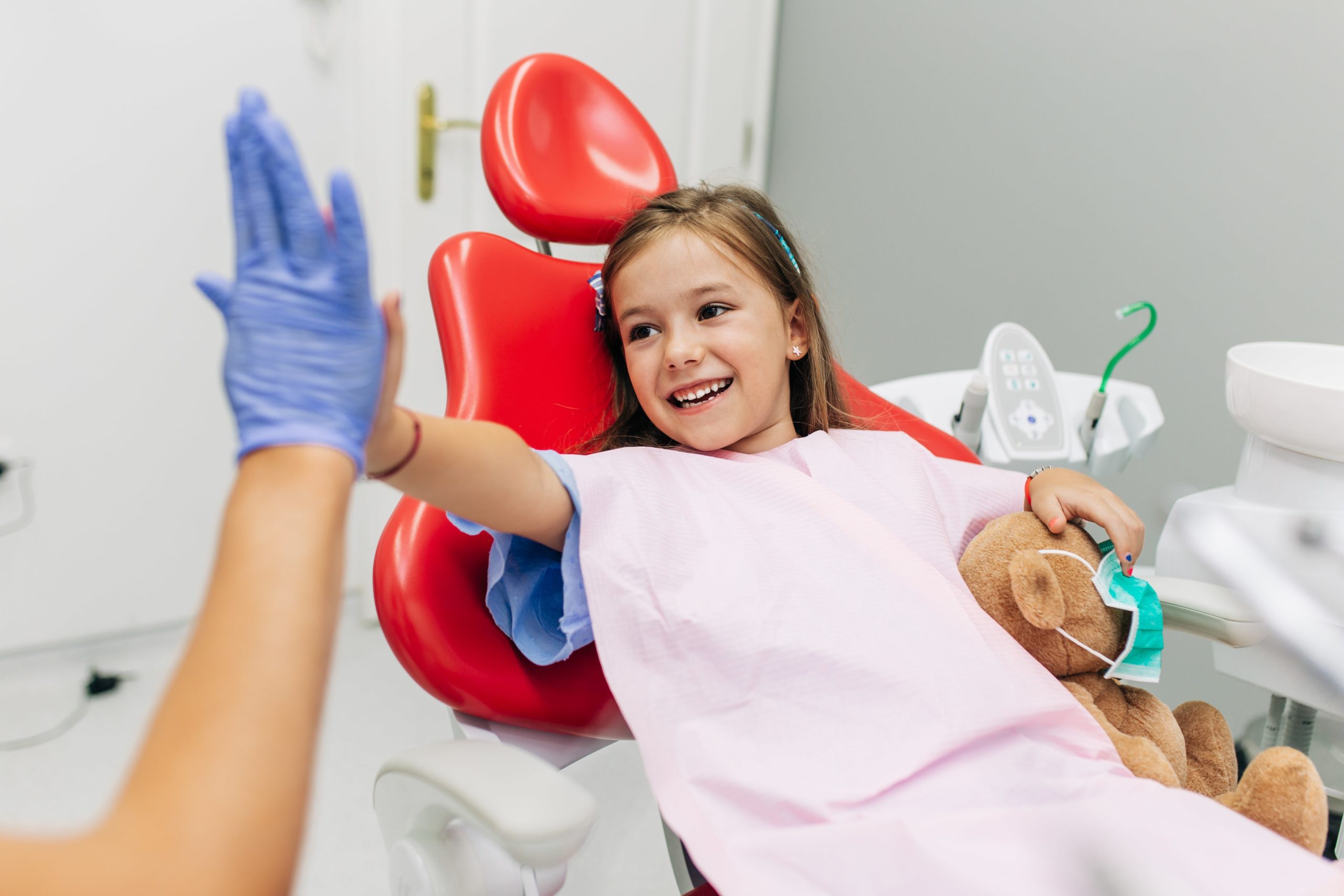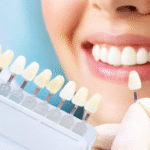
Teaching kids good oral hygiene habits is essential. These habits stick for a lifetime, affecting overall health. Start early with guidance from a Fresno dentist. Routine brushing, flossing, and regular dental visits are key steps. You guide their small hands, ensuring each tooth gets attention. Kids learn best by example. Show them how you brush and floss. Turn it into a fun daily ritual with songs or stories. Consistency builds comfort and routine. Talk openly about why dental health matters. It’s not just about teeth. It’s about feeling good, staying healthy, and preventing future problems. Early dental care sets the stage for a lifetime of strong, healthy teeth. If challenges arise, like fear of the dentist, address them openly. Patience and empathy help overcome these hurdles. The goal is simple: Make dental care a positive part of their everyday life. You’re setting them up for success.
Understanding the Basics
Begin with the basics. Explain to your children why teeth are important. Teeth help chew food and play a part in speech. Keeping them clean prevents cavities and gum disease. Use simple words and stories to make it relatable. Highlight how a smile is a part of expressing emotions and connecting with others.
Building a Routine
Establish a routine that involves brushing twice a day and flossing once. Make it a predictable part of their morning and evening. Use a timer to ensure they brush for two minutes. Consider a toothbrush with their favorite character to make it inviting. Remember, the goal is to make this routine enjoyable, not a chore.
Choosing the Right Tools
Choose the right toothbrush and toothpaste. Kids need a toothbrush that fits comfortably in their mouth. Soft bristles are gentle on their gums. Use fluoride toothpaste in a pea-sized amount. Teach them to spit it out after brushing. Explain the importance of not swallowing it.
Interactive Techniques
Make brushing interactive with music or videos. There are many apps designed to educate and entertain kids about oral hygiene. Turn the bathroom into a mini-adventure zone. This approach keeps them engaged and motivated.
Using Visual Aids
Use visual aids to show effects of good and bad oral hygiene. A chart comparing healthy teeth to those affected by cavities can be effective. Here’s a simple comparison:
| Healthy Teeth | Teeth with Cavities |
|---|---|
| Bright and Clean | Dull and Discolored |
| No Pain | Aches and Sensitivity |
| Strong and Intact | Weak and Damaged |
Regular Dental Visits
Regular dental visits are crucial. The American Dental Association suggests dental check-ups every six months. If your child is anxious, visit the dentist together to familiarize them with the environment. Many resources are available for parents to ease dental anxiety in kids.
Encouraging Healthy Eating
Nutrition plays a big role in dental health. Encourage eating fruits, vegetables, and dairy. Limit sugary snacks and drinks. Teeth benefit from crunchy fruits and vegetables. They help clean the teeth and gums naturally. Talk about how good choices keep their teeth strong and shiny.
Positive Reinforcement
Use positive reinforcement to encourage good habits. Praise them for brushing well or visiting the dentist without fuss. Consider a sticker chart to track daily brushing and flossing. Once goals are met, reward them with a small treat or a fun activity.
Addressing Common Challenges
Children may resist at times. Approach resistance with empathy. Let them choose their toothbrush or toothpaste. Read books or watch shows focusing on dental hygiene to inspire them. When you make it their choice, they feel in control.
Creating Lifelong Habits
Building lifelong habits takes consistent effort. Explain how daily care now saves them from future discomfort. Gradually give them more responsibility as they grow older. This nurtures independence and self-care. Celebrate their progress and remind them of the importance of a healthy smile.










